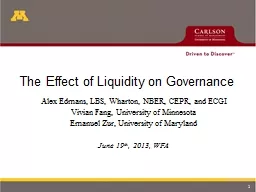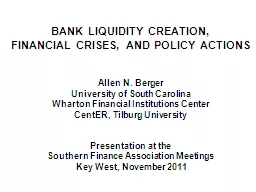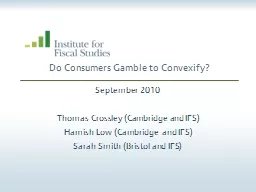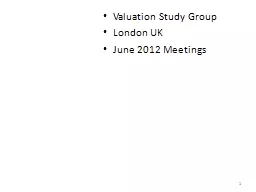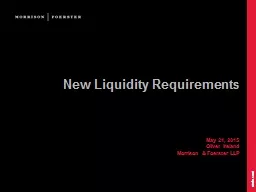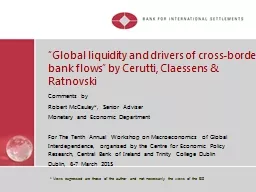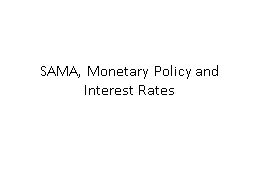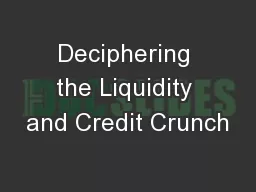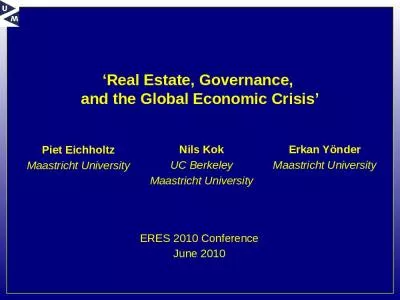PPT-The Effect of Liquidity on Governance
Author : tatiana-dople | Published Date : 2018-11-02
Alex Edmans LBS Wharton NBER CEPR and ECGI Vivian Fang University of Minnesota Emanuel Zur University of Maryland June 19 th 2013 WFA 1 Background and Research
Presentation Embed Code
Download Presentation
Download Presentation The PPT/PDF document "The Effect of Liquidity on Governance" is the property of its rightful owner. Permission is granted to download and print the materials on this website for personal, non-commercial use only, and to display it on your personal computer provided you do not modify the materials and that you retain all copyright notices contained in the materials. By downloading content from our website, you accept the terms of this agreement.
The Effect of Liquidity on Governance: Transcript
Download Rules Of Document
"The Effect of Liquidity on Governance"The content belongs to its owner. You may download and print it for personal use, without modification, and keep all copyright notices. By downloading, you agree to these terms.
Related Documents

